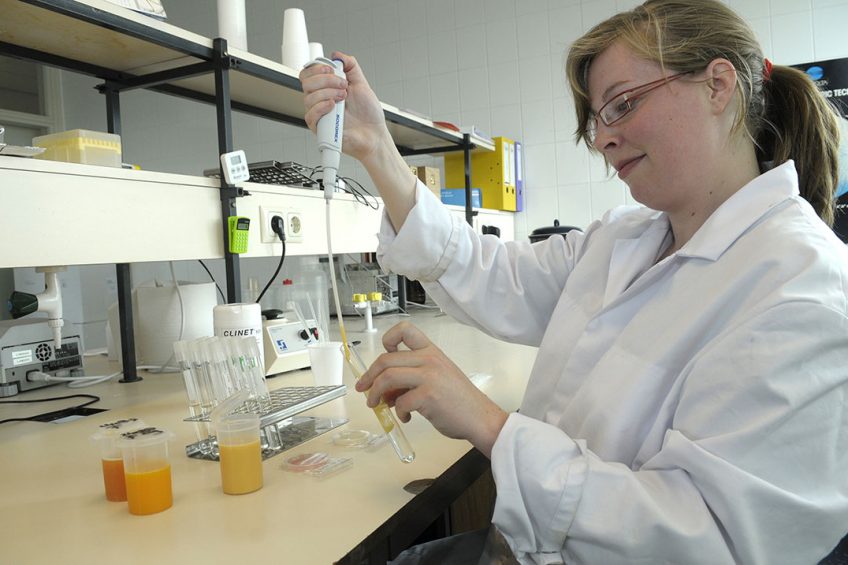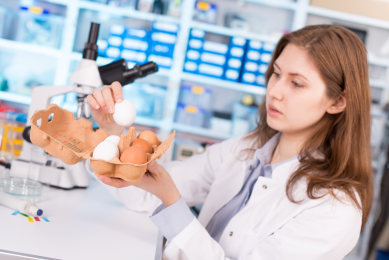Different bird, different egg characteristics

At the China Agricultural University researchers looked more closely at the egg quality and egg albumen properties of duck, goose, pigeon, quail and turkey compared to domestic chicken eggs. Differences offer opportunities for new nutritional applications.
Poultry eggs – the contents of which are important for embryo development – are also one of the major nutrient sources for humans. Egg albumen is the main part of the egg (representing about 60%), and consists of water (88%), proteins (11%), minerals and carbohydrates (1%). The various proteins in egg albumen are responsible for the foaming, emulsifying, and gelling properties which have led to the many applications of egg albumen in food processing and human medicine.
What information there is available on the characteristics of egg albumen is mostly limited to the chicken’s egg, although egg albumen from duck, goose, pigeon, quail and turkey eggs, may also have good nutritional and food applications on the basis of their functional properties and technological uses. Proteomics analysis has revealed that the protein composition in the egg albumen of all these poultry species varies and shows wide differences. Physical properties, such as raw albumen viscosity and the gel texture of heated egg albumen (both important for applications in the food industry) therefore vary correspondingly.
Also interesting: The chicken or the egg – roots of the modern broiler explored
Amino acids
Differences in the protein composition of egg albumen can lead to varied nutritional values in the eggs of different poultry species. Egg albumen is considered as one of the most balanced amino acid sources for humans.
An important criterion when evaluating the nutritional value of food protein is the quantity and proportion of amino acids present. This study compared the physical and nutritional properties of the egg albumen from the eggs of chicken, duck, goose, pigeon, quail and turkey.
The egg quality traits between different species differed significantly, for example:
- egg weight (from 11 to 139 grammes),
- egg shape (from 1.28 to 1.44),
- proportion of yolk (from 19.3 to 37.9%), and
- breaking strength (from 0.91 to 8.04 kg/cm²)
Egg albumen
Compared to the other species, the gel texture of the pigeon albumen was very unusual, with a transparent appearance (A = 1.23) and the highest hardness (121.7 g) and water-holding capacity (96%).
- Goose egg albumen contained the most moisture (89.21%) and had the lowest crude protein (8.5%) content.
- Turkey egg albumin had the highest quantity of essential and total amino acids, with glutamic acid the most abundant in the albumen of all species
- There was a close similarity of amino acid composition between duck and goose albumen, and between chicken, quail and turkey albumen.
The comparative data will help to improve understanding of egg quality of these major poultry species and may be helpful in the context of the technological application of egg albumen.
 Beheer
Beheer






 WP Admin
WP Admin  Bewerk bericht
Bewerk bericht